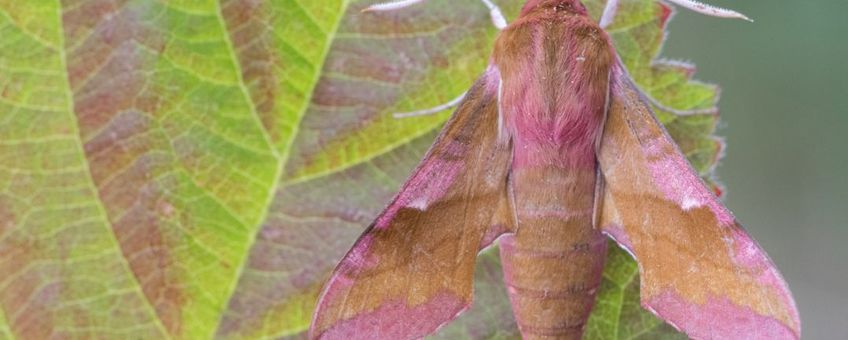
Rewilding and biodiversity: don't forget the invertebrates!
Dutch Butterfly ConservationARK Rewilding Netherlands recently celebrated its 35th anniversary. During that time, rewilding has been put firmly on the agenda as a strategy for nature conservation, with projects in, for example, the Gelderse Poort and the Oostvaardersplassen in the Netherlands, but also with more and more projects throughout Europe. Rewilding focuses on promoting natural processes: grazing by ungulates, predation by large predators, leaving dead wood and carcasses, but also erosion and sedimentation along rivers and the coast as landscape-forming processes. Large mammals such as European bison and wolf or birds such as black stork and white-tailed eagle are iconic species. They are not only appealing to the general public, but can also be used as indicators of rewilding. But most of the biodiversity, insects and other invertebrates, often remain out of the picture, although projects such as 'Wild about Butterflies' are gradually changing that.
Not only do invertebrates account for the vast majority of biodiversity, they also play an indispensable role in the functioning of nature. These include pollination by butterflies, bees and hoverflies, herbivory, plant seed dispersal, processing of dung and litter, as well as soil formation. But where to start to monitor all this biodiversity?

A new paper in the journal 'Restoration Ecology' makes the link between invertebrates and natural processes. Invertebrate monitoring has taken off in butterflies, moths and dragonflies, but is often a huge challenge in other species groups. Monitoring methods are often still in their infancy, but developments are moving fast. By linking invertebrates to processes, monitoring them can provide insight into the success of rewilding projects. The article provides a framework to assist in the selection of indicative species groups.
The framework consists of five components: ecological processes, species groups, monitoring methodologies, bottlenecks, and innovations. The framework can be completed in four steps. Step 1 includes the choice of processes to be monitored, in step 2 indicative species groups involved in these processes are chosen, step 3 indicates which methods can be used for monitoring, and in step 4 main bottlenecks are indicated as well as the possible solutions to overcome these. Hopefully, this framework will contribute to a better understanding of the development of both the natural processes and the biodiversity that rewilding projects deliver.
More information
- The project 'Wild about Butterflies' is a collaboration between ARK Rewilding Netherlands and the Dutch Butterfly Conservation, supported by a grant from the province of Noord-Brabant.
- The paper 'Invertebrate responses to rewilding: a monitoring framework for practitioners' appeared in the journal 'Restoration Ecology'.
Text: Michiel Wallis de Vries, Dutch Butterfly Conservation
Photo's: Jurrien van Deijk (lead photo: moths, such as the small elephant hawk-moth, can be important pollinators of flowering plants); Michiel Wallis de Vries; Jeanette Essink


